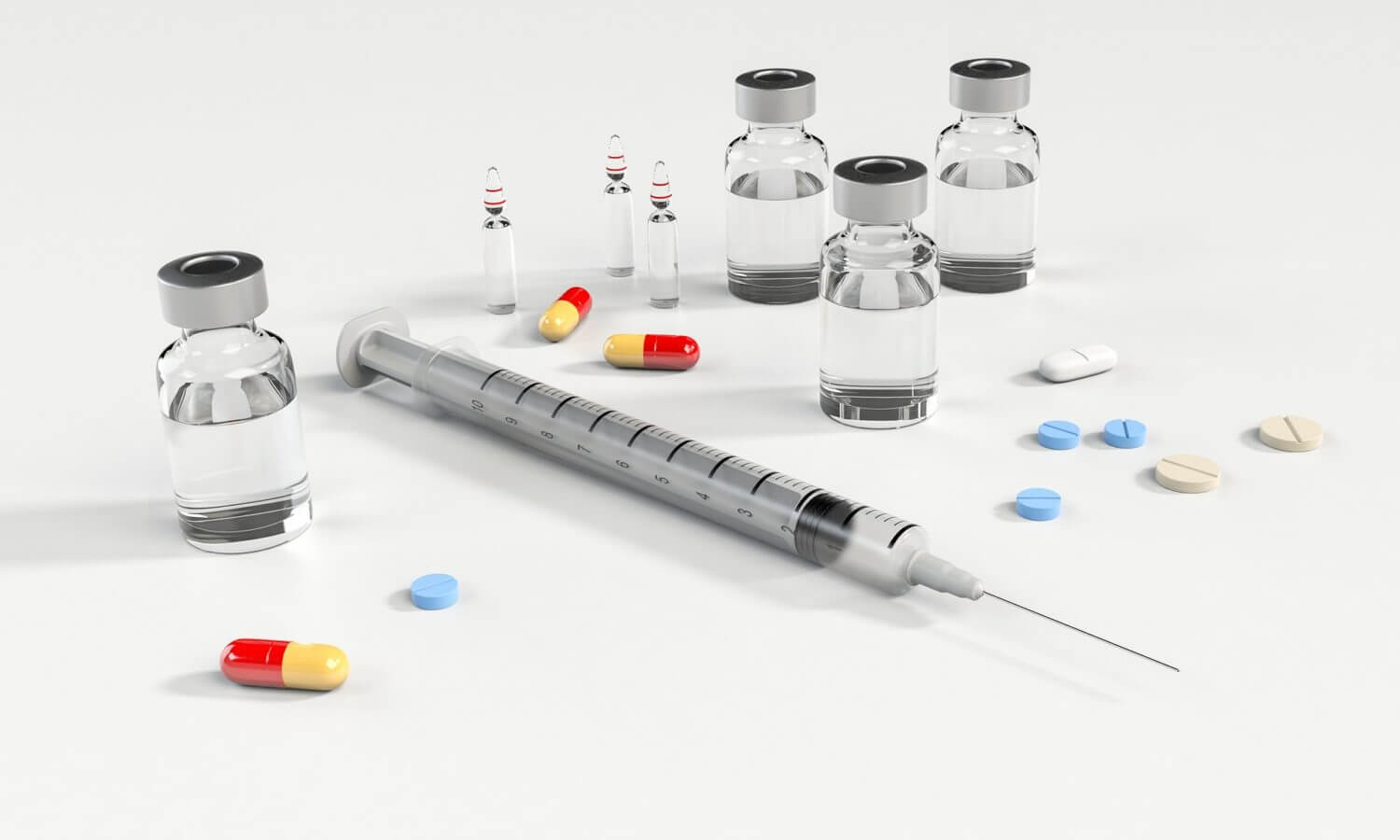When you take prescription or over the counter medications, there’s an instruction sheet and information on the box telling you all about how to use it (and how not to) and the potentially harmful effects. With recreational drugs, however, you’re lucky to even be taking what your dealer claimed to be selling you. There’s no way of knowing exactly what ingredients are in them, or how potent they might. There’s also no handy little insert warning you about the side effects. Information about these drugs gets spread by word of mouth, through friends or online forums, and a lot of it isn’t true. The following are some common misconceptions about recreational drugs, and the truth behind them.
It’s safer to smoke heroin than inject it.
Some people believe that inhaling heroin somehow makes it less addictive or less potent. The misconception is that drugs enter your system faster through injection, since you’re putting it directly in your veins, but the truth is that your lungs have a large surface area for the heroin to be absorbed through. The only way in which smoking is less harmful is that it avoids the risks that come with needle use, such as transmission of diseases like HIV or hepatitis.
LSD and THC are stored in your fat cells and released when you exercise.
Both of these compounds are fat soluble, meaning they dissolve in fat and are stored in the body’s fatty tissue. Once they’re stored in this tissue, they tend to stay there. THC can still be detectable in your body weeks after you use marijuana.
LSD is stored in your spinal column and can be released when you crack your back.
No drugs are stored anywhere in your body indefinitely. Even fat soluble drugs dissipate eventually, and LSD is water soluble, meaning it leaves the body quickly. It’s usually metabolized in a matter of hours. No one is sure where the myth about the spinal column came from, although the idea that LSD can be stored for a long time is probably a result of the fact that people can experience flashbacks years after taking the drug.
MDMA can cause holes in the brain.
There is no evidence that MDMA, also called ecstasy, changes the structure of the brain. There is a psychoactive compound called MCPP, which is related to MDMA but has significant differences, that is associated with a syndrome similar to Parkinson’s disease. MCPP can cause structural damage to the dopamine system.
Bath salts can turn people into cannibals
Bath salts are hallucinogens, and they can sometimes cause people to have violent, psychotic episodes. However, there have been no cases of people turning to cannibalism after using them.
If you or a loved one need help with quitting drugs or alcohol, consider Asana Recovery. We offer medical detox, along with both residential and outpatient programs, and you’ll be supervised by a highly trained staff of medical professionals, counselors, and therapists. Call us any time at (949) 438-4504 to get started.



